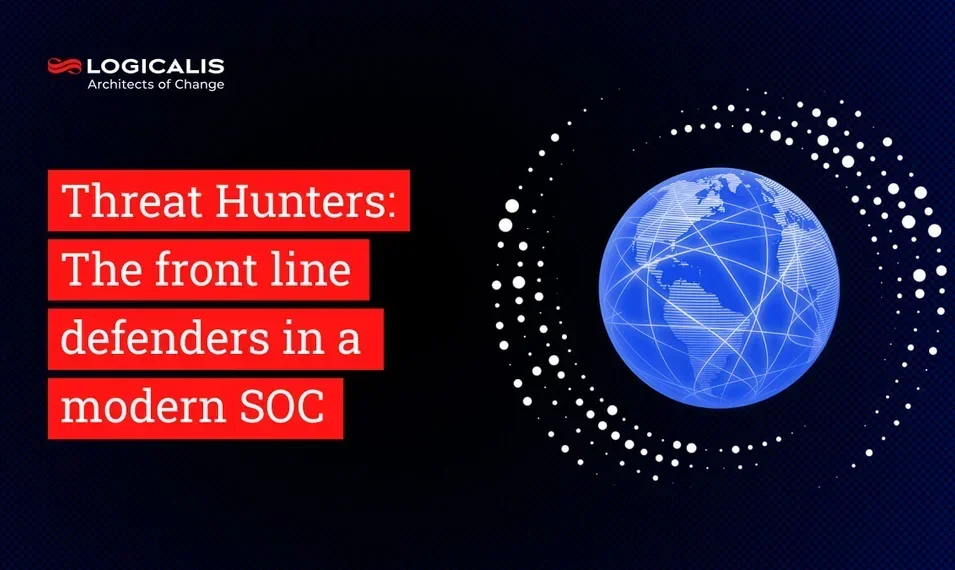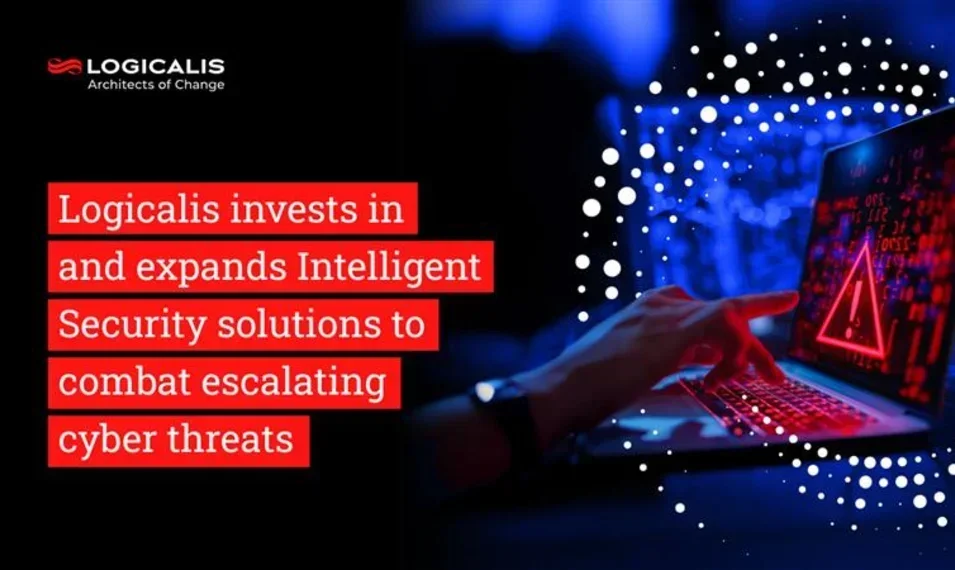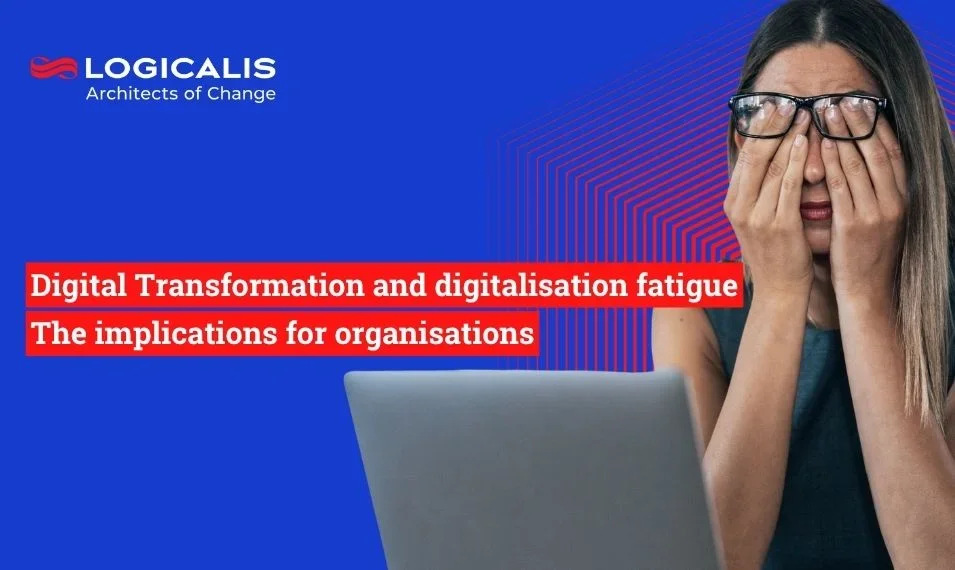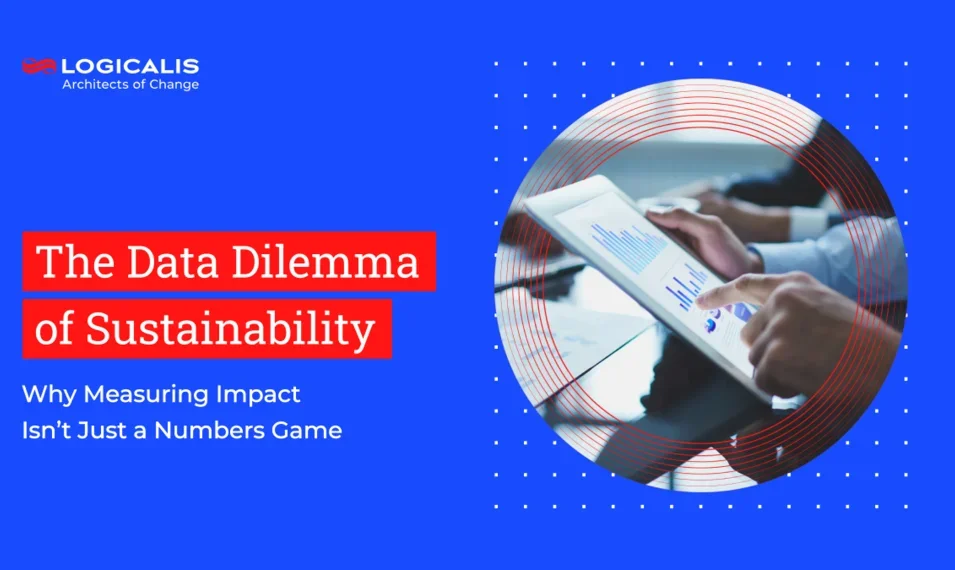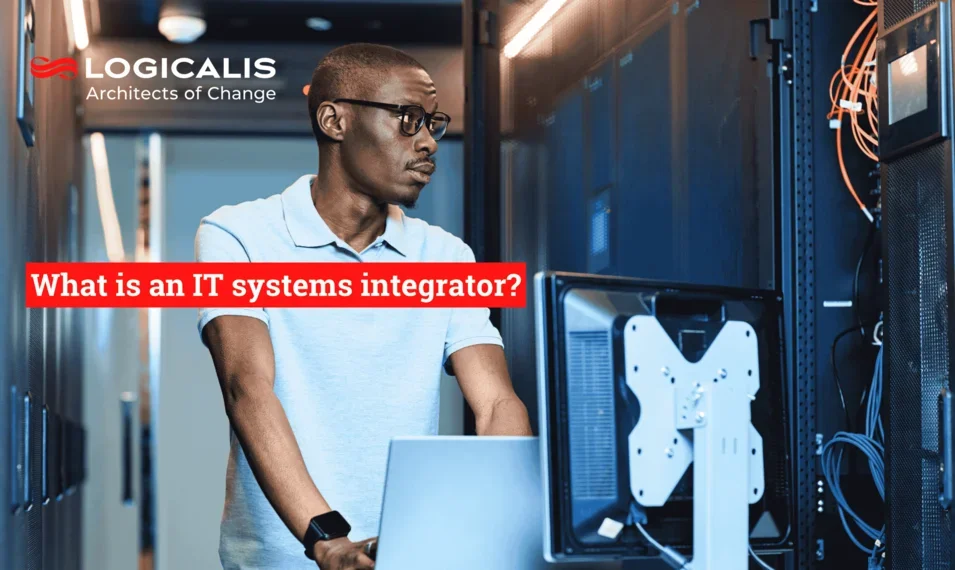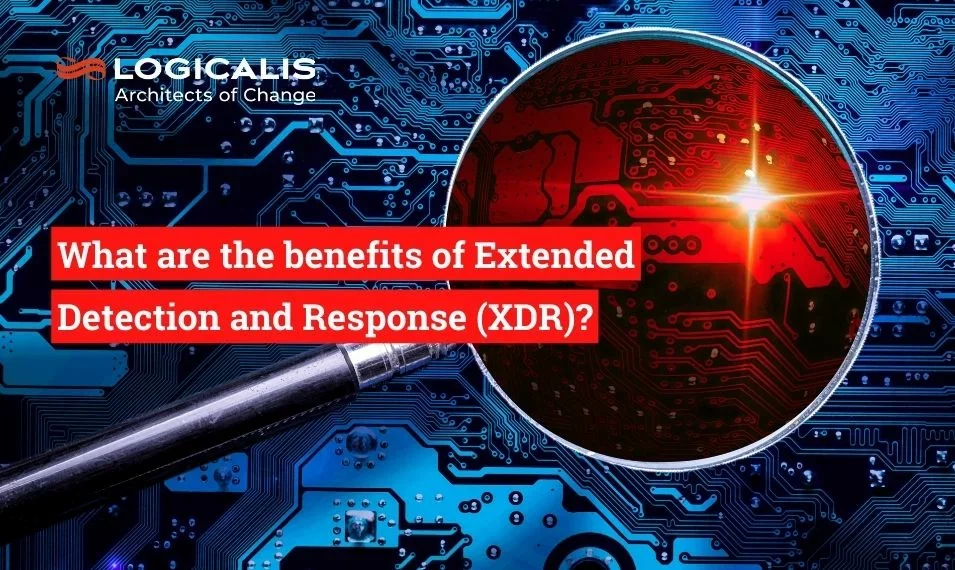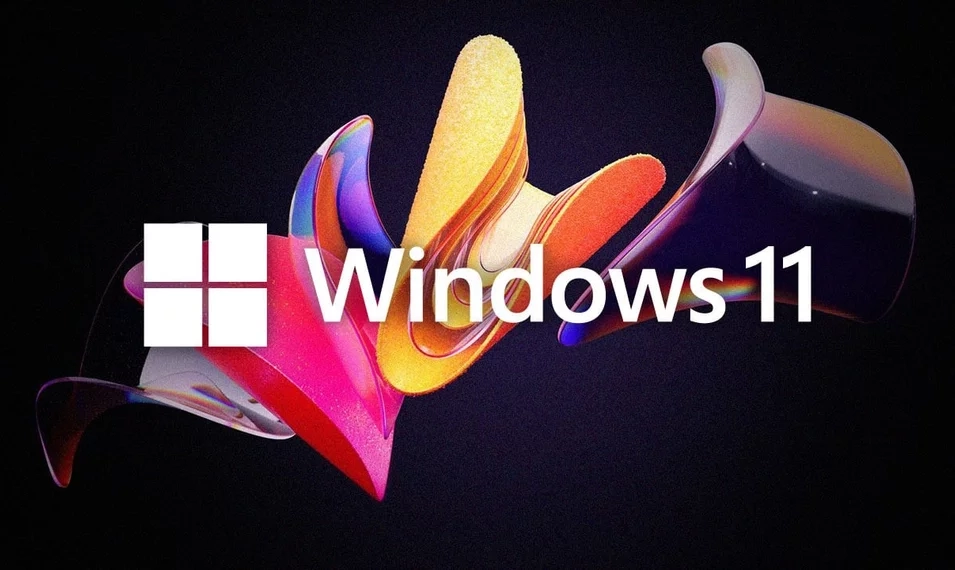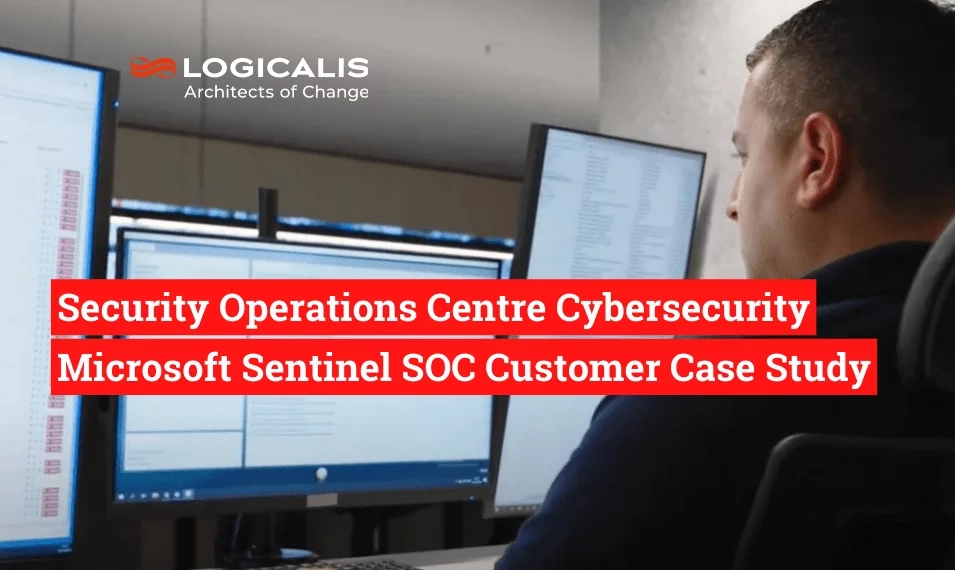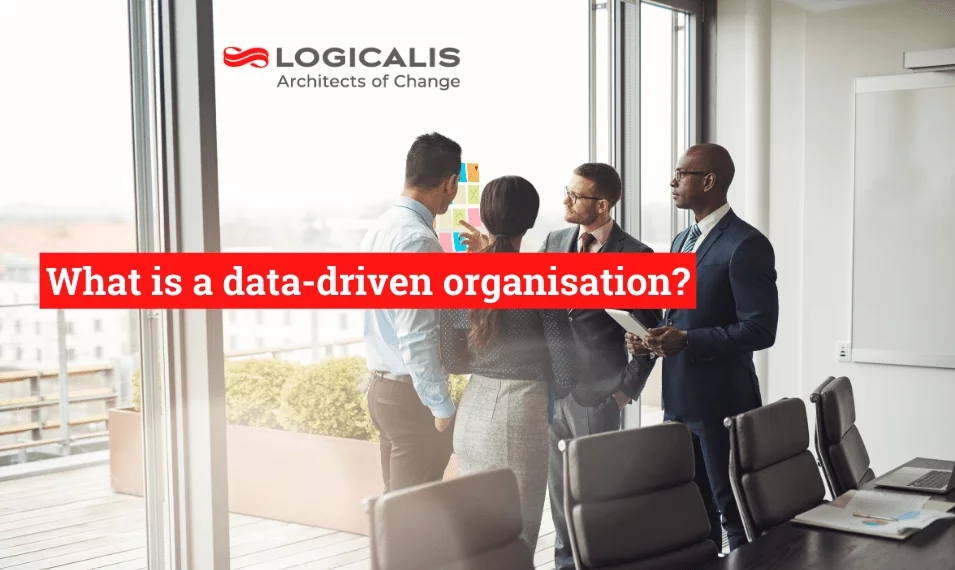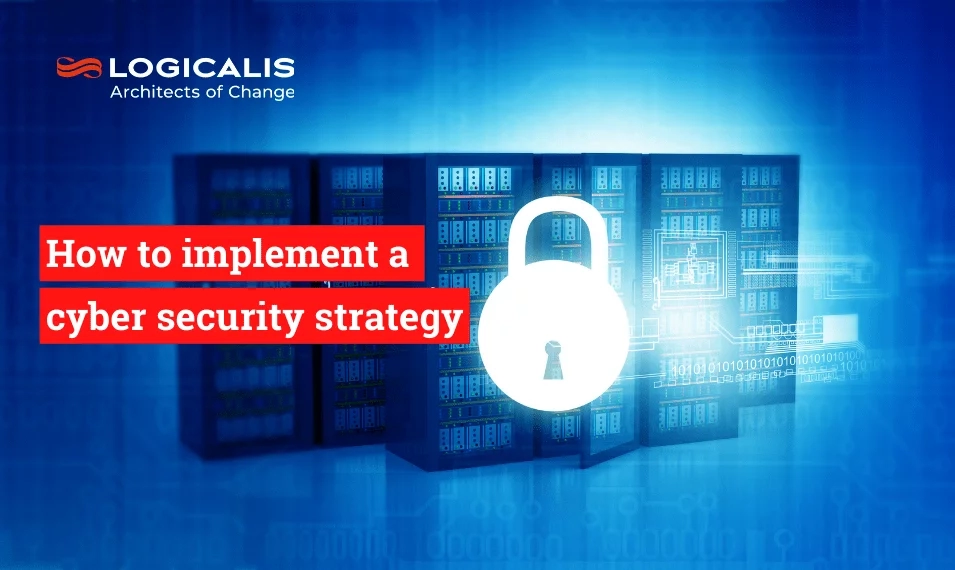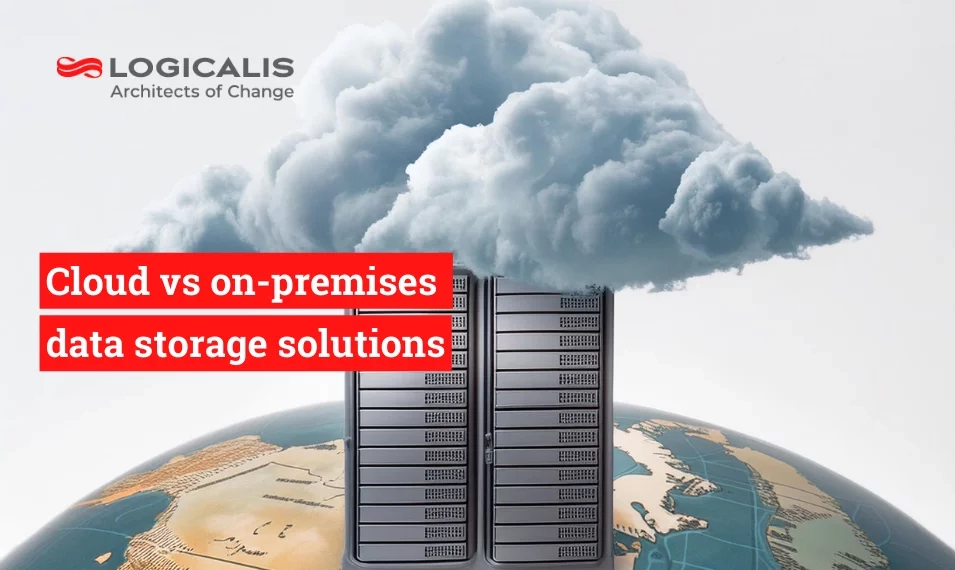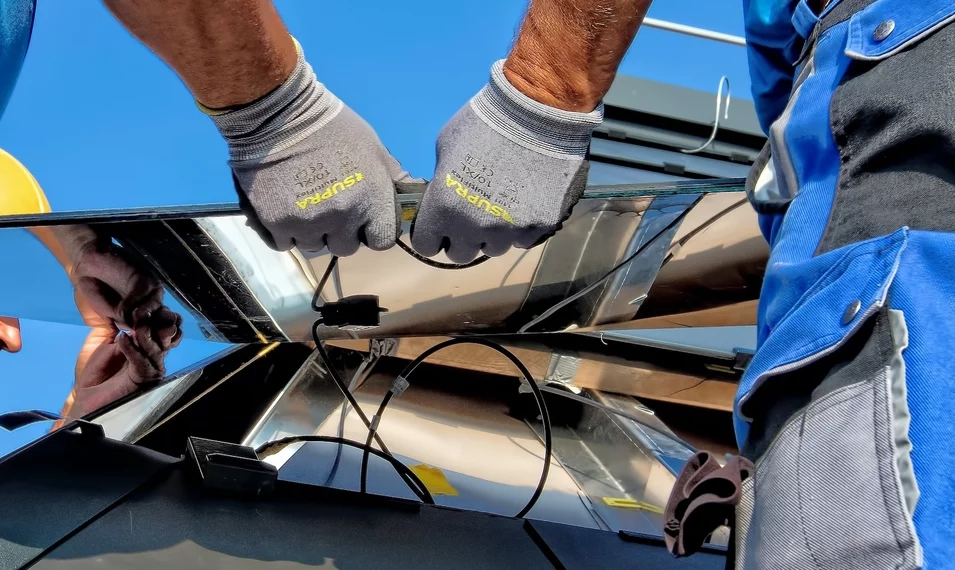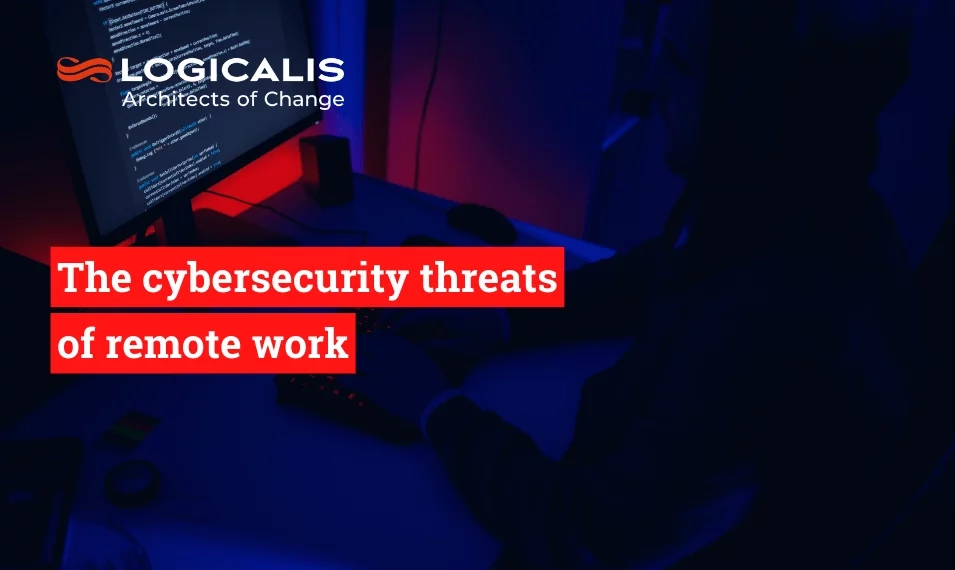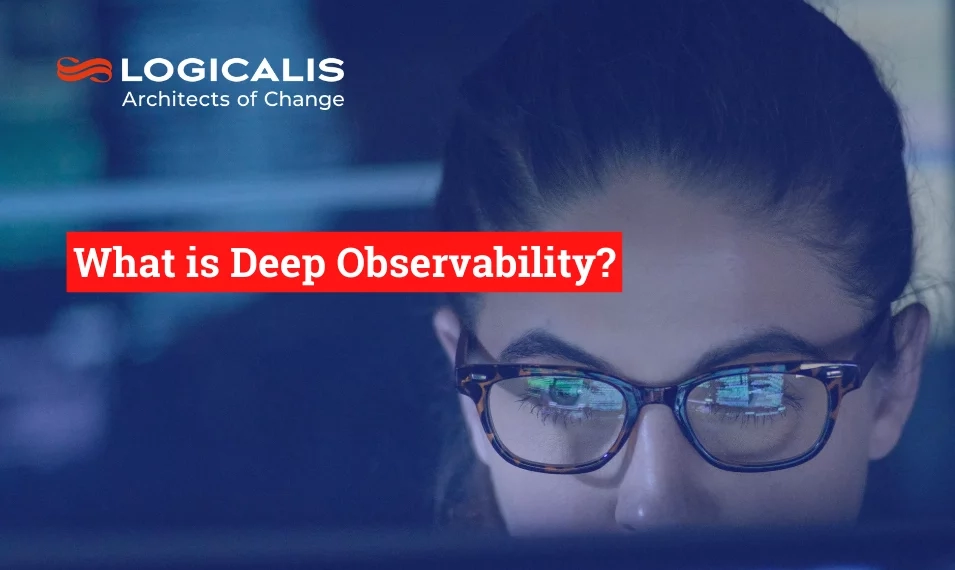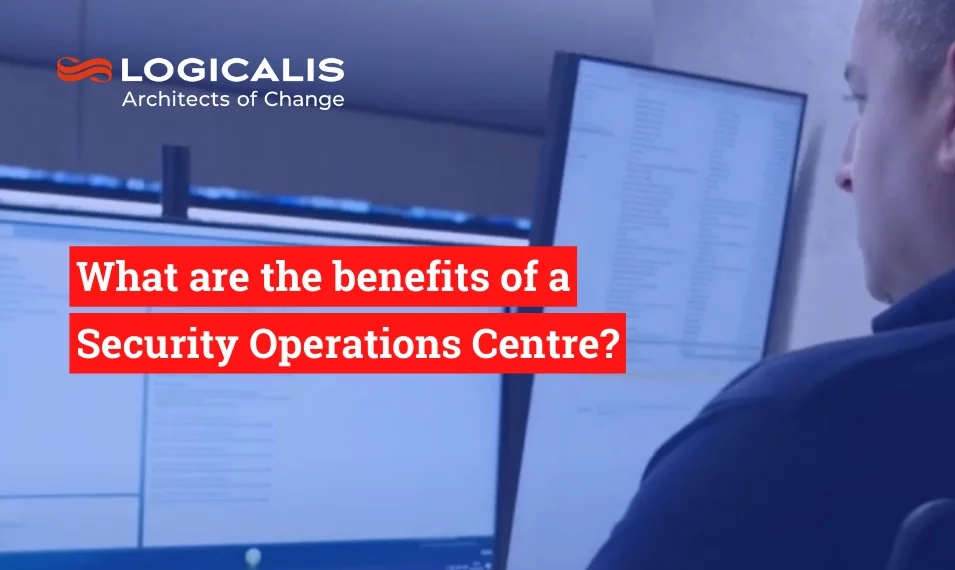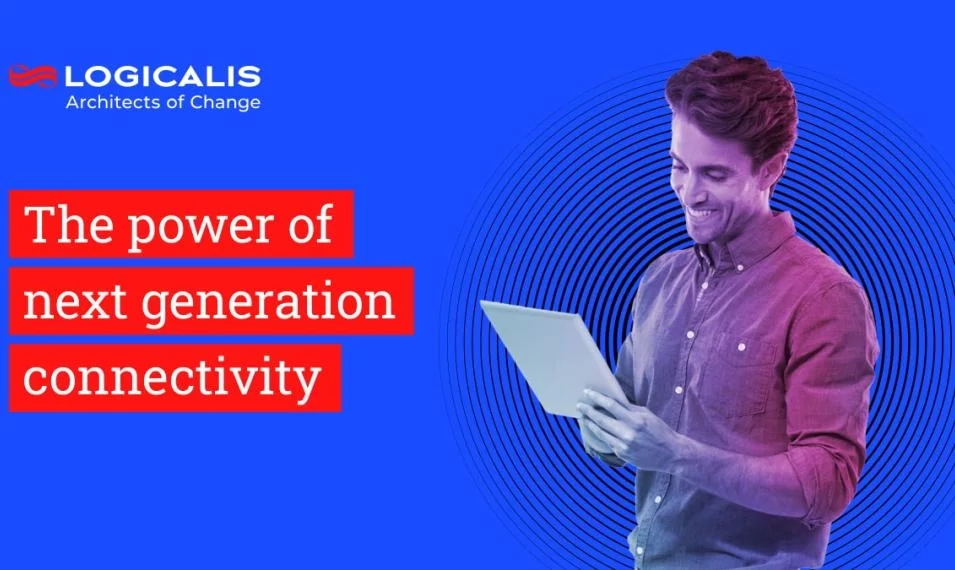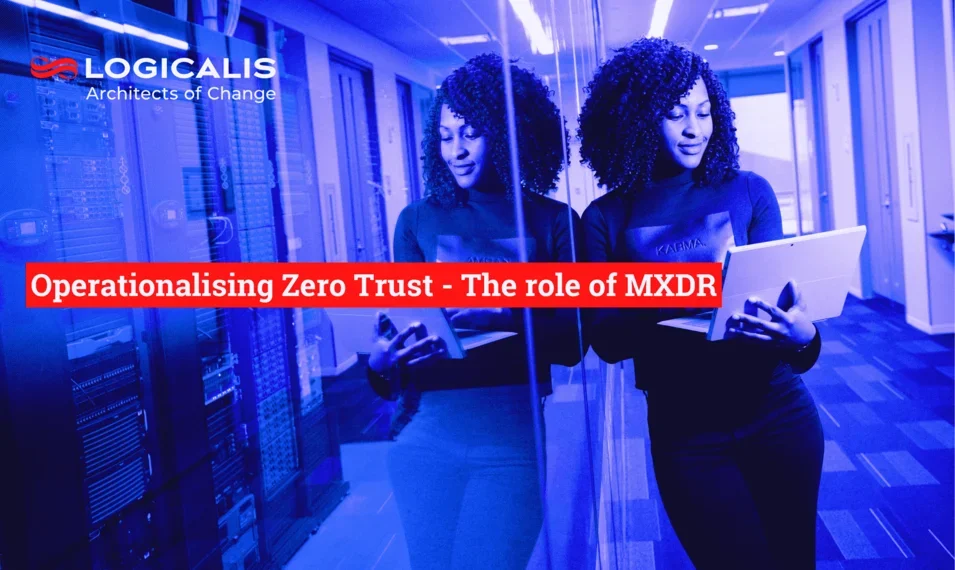
South Africa, Sep 17, 2025
Zero Trust has been an important topic for many years now, yet fully achieving a Zero Trust architecture remains an elusive goal for many organisations. Taking Zero Trust’s core philosophies and translating them into operational excellence can be a difficult task for CIOs and CISOs with limited resources and time.
Business leaders focus on more than just security. They are interested in maintaining the organisation’s resilience as more sophisticated security threats emerge.
A breach can lead to significant financial loss, reputational damage, and operational downtime.
A strong cybersecurity posture, supported by the right tools and strategies, protects the bottom line and ensures business continuity.
As a security solution, MXDR (Managed Extended Detection and Response) is one of the most effective tools designed to support a Zero Trust Architecture.
What is Zero Trust?
Zero Trust is a cybersecurity philosophy model that operates on the principle of “never trust, always verify”. Every endpoint, user, and application is not trusted by default. Threats are anticipated internally and externally to the organisation’s systems.
Zero Trust isolates networks into isolated zones where threats can be contained and addressed, without letting those threats spill over into the rest of the network.
It also uses the principle of least privilege access, where users are granted only the permissions and access privileges that are relevant to their role.
For CISOs seeking a validated security model, Zero Trust is supported by established frameworks from organisations like the National Institute of Standards and Technology (NIST) and the Cybersecurity and Infrastructure Security Agency (CISA). The NIST Special Publication (SP) 800-207 is the recognised standard for Zero Trust Architecture, providing a clear roadmap for implementing a robust framework.
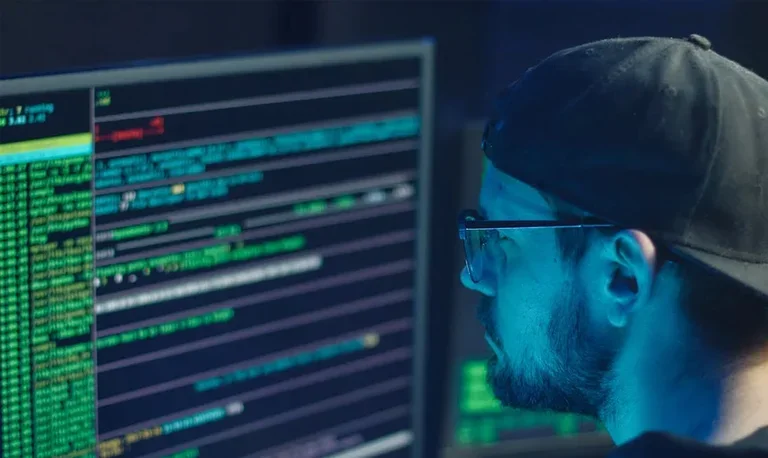
How MXDR relates to Zero Trust
MXDR as a service or solution is a comprehensive threat detection approach. It uses a combination of human cybersecurity expertise and advanced threat detection technology.
MXDR supports the development of a Zero Trust architecture in an organisation. Zero Trust provides the foundation for the approach, while MXDR provides the technology and skill to provide a proactive detection and response strategy.
Zero Trust’s tactics of network microsegmentation and least privilege access are strengthened by MXDR’s incident response technologies and human responses.
MXDR teams can detect and triage any threats that manage to bypass the first-line defences created by a Zero Trust approach.
How you can use MXDR to operationalise a Zero Trust framework
MXDR is a powerful security solution as it helps to enforce the “never trust, always verify” foundation of Zero Trust.
For Zero Trust to work successfully, it needs full visibility of the organisation’s networks and systems. This is where MXDR provides critical support to CISOs by collecting and analysing identity, device, data, and application telemetry from across the organisation. This centralised, unified security picture allows organisations to enforce Zero Trust policies by understanding all vulnerable points of entry and the context of user activities.
MXDR helps to achieve this by collecting and analysing telemetry from identity, endpoints, data, applications, networks, cloud platforms, and threat intelligence feeds, enabling a unified view of potential trust violations and suspicious activity.. This centralised view of all the organisation’s vulnerable points of entry helps to detect and respond to Zero Trust policy violations.
MXDR also enhances and validates Zero Trust enforcement by detecting and responding to activity that may indicate policy violations, gaps, or evasion attempts, but the core enforcement mechanisms reside in the access and policy control layers.. MXDR establishes a standard for what’s considered normal behaviour in the organisation’s digital ecosystem and uses this standard to measure all user activity against. This lines up with the Zero Trust requirement of least privilege.
One example would be where a user who normally logs into an email system from the office suddenly attempts a login from a remote foreign country. MXDR can flag this behaviour and enforce an automated response requiring re-verification or terminating the session.
Zero Trust always assumes that a breach or attack is going to occur. This requires a proactive security approach like that of MXDR. Threats must be proactively hunted and triaged before they cause damage. Beyond just detection, a key element of this is a threat-informed defence.
Purple teaming exercises (collaborative red and blue teams) and threat-informed defence practices enable MXDR teams to simulate real-world attack scenarios and validate whether Zero Trust controls are functioning as intended, highlighting potential blind spots before they’re exploited..
Lastly, managing all the security alerts and responses can be a resource-heavy task in larger organisations. This can lead to delayed responses and uncontrolled or undetected breaches.
MXDR uses Security Orchestration, Automation, and Response (SOAR) to automate many routine security tasks and speed up response times. This automation helps scale the detection and response layer of a Zero Trust architecture by rapidly containing threats and reducing dwell time.
MXDR and the Modern Security Operations Centre (SOC)
MXDR and Zero Trust often work in a symbiotic relationship with an organisation’s internal SOC (Security Operations Centre) or the SOC of a managed services provider.
The SOC is the central hub for incident visibility, escalation, and governance. It provides the crucial business risk context that guides security decisions. MXDR acts as a complementary service and a force multiplier, extending the SOC's capabilities with 24/7 coverage, advanced telemetry correlation, and automated response capabilities.
MXDR also enhances the SOC's internal governance and response ecosystem, helping align Zero Trust control breakdowns with real-time operational response.

Business Outcomes for CISOs and CIOs
Implementing a comprehensive Zero Trust strategy supported by MXDR, delivers real returns for senior business leaders.
Reduced business risk and damage from threats:
By proactively hunting for threats and continuously validating security controls, this approach significantly lowers the likelihood and impact of a cyber breach. This is essential for protecting the organisation's intellectual property and customer data.
Improved operational efficiency:
Automated detection and response frees up internal teams from repetitive tasks, allowing them to focus on higher-level strategic priorities. This improves the efficiency of your security operations.
Business continuity:
Limiting the blast radius of a potential breach through Zero Trust principles and having a rapid, automated response from an MXDR solution ensures that business operations can continue with minimal disruptions.
Stronger governance:
The detailed visibility and integrated telemetry provided by MXDR allow CISOs to have a clear, centralised view of their security posture, which is critical for compliance and reporting to the board.
Zero Trust, MXDR and Logicalis
As recognised and certified experts in Zero Trust, MXDR and intelligent cybersecurity, Logicalis is on the frontline of the latest cybersecurity solutions from leading vendors (such as Cisco, Microsoft and Fortinet).
We understand that each organisation has limited resources and skills to fully implement Zero Trust as intended.
Contact us to set up an effective Zero Trust architecture aligned with industry standards such as NIST SP 800-207 and CISA Zero Trust Maturity Model, supported by powerful security solutions for your organisation.
Strengthen your organisation’s security posture by implementing a Zero Trust architecture aligned with NIST and CISA standards. Contact us to explore how we can support your strategy

